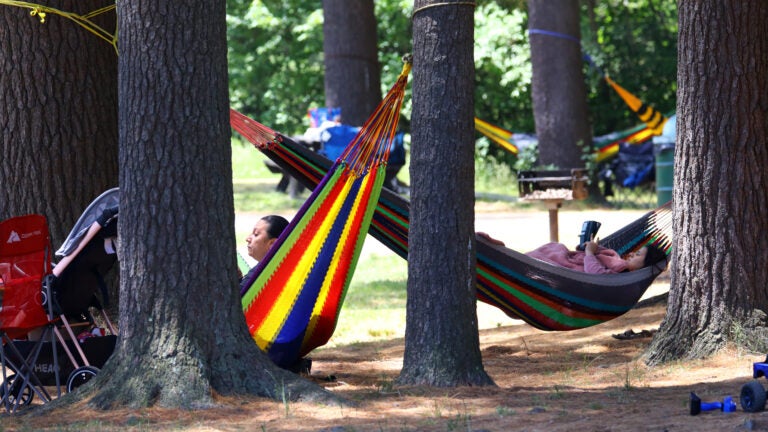
- Select a language for the TTS:
- UK English Female
- UK English Male
- US English Female
- US English Male
- Australian Female
- Australian Male
- Language selected: (auto detect) - EN
Play all audios:
Access through your institution Buy or subscribe The device is based on a thin film of the magnetic semiconductor gallium manganese arsenide (GaMnAs). Magnetic semiconductors combine
interesting ferromagnetic and semiconducting properties, and GaMnAs is a well-studied example. When manganese atoms are introduced into the GaAs host material, they replace individual
gallium atoms; but as manganese has one fewer valence electron, this results in positively charged 'holes', which are free to move about in the material and contribute to its
conductive properties. Importantly, the holes provide a mechanism for long-range ferromagnetic interactions between the magnetic manganese ions, which behave like localized spins. The
hole-mediated spin–spin interaction is sensitive to the charge-carrier concentration and thus the material's ferromagnetic properties can be controlled using an electric field — as has
been demonstrated, for example, for the ferromagnetic transition temperature. This is a preview of subscription content, access via your institution ACCESS OPTIONS Access through your
institution Subscribe to this journal Receive 12 print issues and online access $259.00 per year only $21.58 per issue Learn more Buy this article * Purchase on SpringerLink * Instant access
to full article PDF Buy now Prices may be subject to local taxes which are calculated during checkout ADDITIONAL ACCESS OPTIONS: * Log in * Learn about institutional subscriptions * Read
our FAQs * Contact customer support Authors * Dan Csontos View author publications You can also search for this author inPubMed Google Scholar RIGHTS AND PERMISSIONS Reprints and permissions
ABOUT THIS ARTICLE CITE THIS ARTICLE Csontos, D. An attractive way to change direction. _Nature Phys_ 4, 754 (2008). https://doi.org/10.1038/nphys1079 Download citation * Issue Date:
October 2008 * DOI: https://doi.org/10.1038/nphys1079 SHARE THIS ARTICLE Anyone you share the following link with will be able to read this content: Get shareable link Sorry, a shareable
link is not currently available for this article. Copy to clipboard Provided by the Springer Nature SharedIt content-sharing initiative





